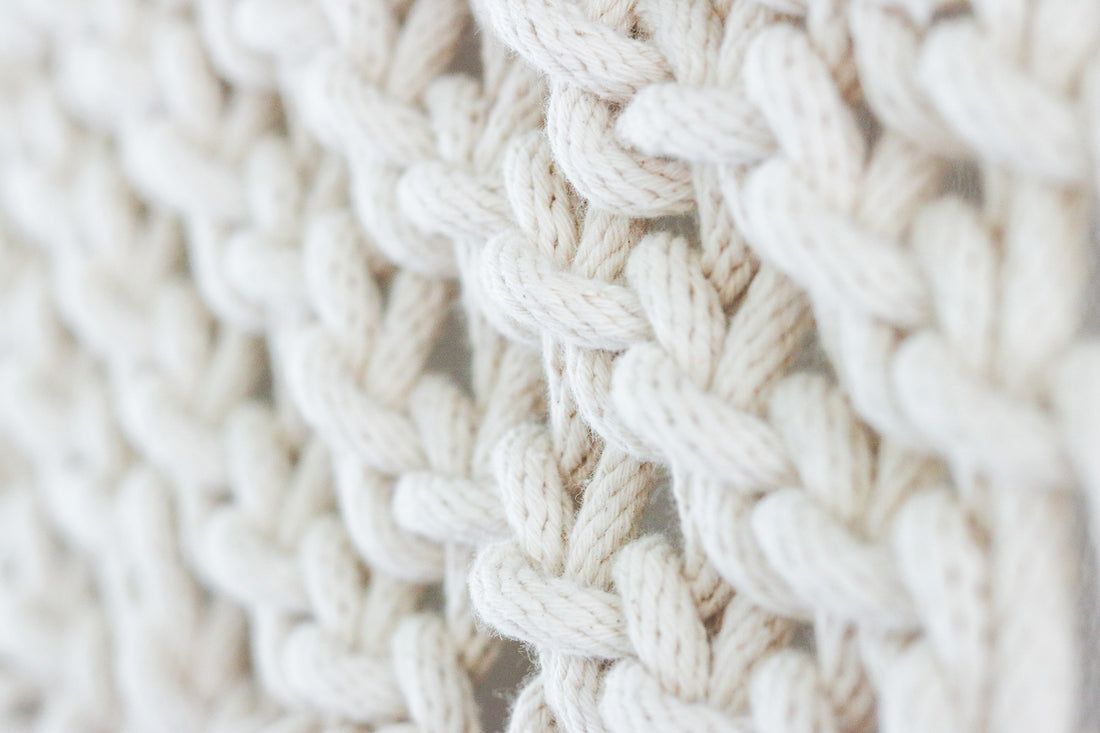
The wool. History and classification in use.
Wool - from the Latin lana(m) , a voice of ancient Indo-European origin.
Textile fiber of animal origin obtained from the fleece of sheep and some goats and camelids.
If we were left alone on a desert island and had to choose only one material, only one to wear, what would you choose?
I wouldn't have any doubts, wool.
Wool is perfect with everything and goes well with everything on every occasion: warm and comfortable, soft and rough, you can wear it directly on the skin and for some types of wool they are particularly elegant, like silk.

Short story:
The use of wool is not as ancient as that of linen and hemp, but it still dates back to at least 5000 years ago, when sheep's wool was woven in Mesopotamia, the Middle East and some parts of Europe. Around 1900 BC English weaving emerged, and English wools were traded far and wide throughout the Roman Empire.
Wool also gave rise to a new textile industry and the rich culture that accompanied it. At the beginning of the 14th century, a corporation called the Wool Guild was born in the city of Prato. Later, in the 16th century, the success of the Spanish wool industries began (merino wool originated in Spain). The colonial expansion of the English and Spanish also resulted in the export of sheep to the Americas and Australia.

Classification in use:
From a commercial point of view, wools are classified based on their length in centimeters, based on the fineness (i.e. the diameter of the fiber in microns), and also by a number that indicates the degree of spinnability of the fiber itself. The "S" following the spinnability number indicates the English word hanks, which means skeins: so for example (the reference is not recognized as scientifically correct, but is given to give an idea) 75's indicates that with one kilo of wool can obtain 75,000 meters of yarn.
The transformation from fleece to yarn involves first washing and then spinning in two different processing cycles according to the quality of the fibres:
A) The worsted system , where the virgin wools with long fibers are arranged in a parallel manner so as to form a yarn collected to have beaten, smooth, less warm fabrics. Fabrics are more expensive.
B) The carded system , which uses short fibres, which give a more voluminous yarn, suitable for creating puffier, hairier, softer and warmer fabrics.
It is good, however, to point out that carded is not necessarily inferior to combed: they are simply two different processes, intended for different uses.
TEXTILE CODE:
WO - Wool
WV - Virgin wool or pure wool

WOOL is a very complex segment, as the types vary based on the breed of the animal and the diameter of the fibres: in general, the larger ones are used for carpets and coats, the finer ones for clothing . The finer the fiber, the more valuable it will be. Good wool contains no knots or loose threads and is elastic.
Just to mention the most famous, we distinguish cashmere wool , which comes from Mongolia and is rare, because for each sheep it is possible to obtain a small quantity of thread (and this explains the cost); mo-hair wool , quite similar to cashmere in terms of softness and warmth, but coming from Turkey, therefore with lower costs; merinos , particularly resistant and isothermal, ideal for basic garments to be used in everyday life; Angora wool , very valuable and produced with the hair of the angora rabbit, very soft, hairy, warm, soft but delicate, this is why it is used in blended yarns.

In furnishings, this fibre, as well as being a natural insulator, can be used in interiors, often in combination with other synthetic materials, for blankets, sofas, cushions, curtains, rugs and carpets. Among the most interesting features we find:
- the excellent thermal insulation capacity, both from cold and heat
- the soundproofing capacity, which protects against noise,
- the excellent moisture absorption capacity,
- great resistance to wear,
- the natural fireproof property, which makes it very difficult to attack fire,
- antistaticity,
- resistance to mold and bacteria,
- and furthermore, being elastic, it creases very rarely.
The warmth of the wood, the scent of the pines, the rustic beauty of the mountain vegetation, the edelweiss, the thistle flowers, associated with the warm and enveloping atmosphere that the wool transmits through the its sense of delicate naturalness even in the most contemporary furnishings.
-----
Bibliography
- Alessandro de Mori, Production and processing of wool , ed. GB Paravia & C., 1932
- Pietro Canepa (ed.), Wool: magic of nature , ed. Romagna typolithograph, 1986
- History of Italy, Annals 19 - Fashion , ed. G. Einaudi Editore, 2003
- Gabriella d'Amato, Fashion and design - styles and accessories of the twentieth century , Bruno Mondadori, 2007
- Serena I agree, Thank you, it's vintage! , and. Probe, 2021
- Orsola de Castro, The Clothes You Love Live Long , ed. Carbaccio 2021
